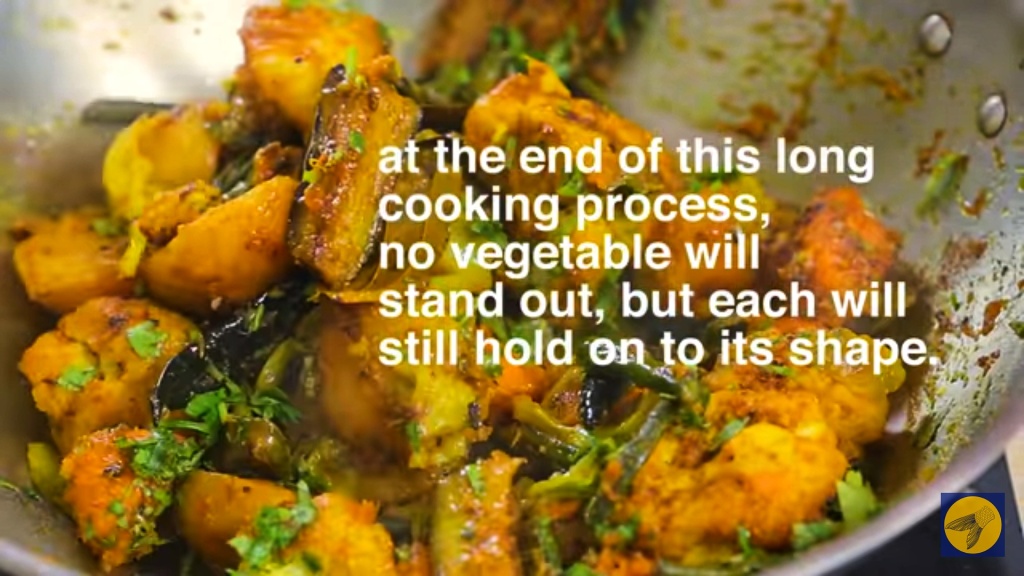Food and the Senses (Part 6)
We’re reaching the end of this long series which explores the five senses in the context of food. In our journey so far, we’ve talked about tastes and smells, sights and sounds, and we’re now ready to talk about the fifth and final sense.
There are a lot of sensory receptors all over our body that sense light touch, pressure, pain, temperature and other sensory stimuli. Each receptor is specialized to pick up a particular stimulus, and the innumerable receptors of different shapes and different locations work together and allow human beings to sense the world around us.
We’ve already discussed some special receptors, which are located in certain areas of our body only, like the taste buds on our tongue. There are special receptors in our eye to sense light and in our ears to sense sound. These general receptors, however are much more widespread in their location, however here we will be concerned with those which play a role in eating.

Let us start with touch, or to put it another way, how food feels in your mouth. Not the taste, but the general mouth-feel. It is this trait that differentiates two bars of chocolate, one of which melts uniformly on your tongue and another which sticks to the roof of your mouth. Although they may have the exact same flavour profile, the way it behaves in your mouth makes a lot of difference. In the world of gastronomy, this attribute is called texture.
“Generally, Indian food is not too hot on texture; chaat is no exception. But bhelpuri is all about texture: soft but firm boiled potatoes, crunchy sev, crispy puffed rice and small pieces of onion that squish as you bite into them.”
— Vir Sanghvi, Rude Food
Texture is a vital and often overlooked attribute of food, but it’s everywhere. It’s the crunch of a potato chip, the pop of salmon roe, the brittle snap of a thin piece of chocolate. We hate monotony, and the same holds for texture. A risotto may taste delicious but without anything else added to it, the texture is bound to get boring after a while. Add a few cooked prawns or even just a handful of blanched peas that pop in your mouth, and you’ve added not just another dimension of flavour, but an entirely new texture to keep you engaged.

We’ve talked about crunch in Part 5, about how we crave crunchy foods and crunchy sounds. Crunch is also a crucial textural component. A cheese and breadcrumb crust on a baked mac and cheese or a handful of crushed peanuts in a raw papaya salad add a new dimension to the dish. There is a lot more to texture than just crunch, though. Just within the dessert section you have the silky smoothness of a crème caramel, the delicate crunch of a French macaron, the insubstantial puff of a soufflé, the brittle snap of a tuile, and the dense chewiness of a brownie.
We can put two contrasting textures together to makes things interesting. We’ve already talked of the textural variety in bhelpuri and how adding peas to a risotto provides a pleasant pop against the rich homogeneity of the risotto. In a vegetable mélange like Bengali Panchmishali , Gujarati Undhiyo or Keralan Avial, the flavours of the individual components meld together, but the vegetables retain their own textures; the firm bite of the potato, the custard-like creaminess of the brinjal, the crunch of the boris (fried lentil dumplings), and so on.

Texture is detected by the touch receptors in our mouths. Temperature on the other hand, is detected by specific receptors tailor-made for the purpose, and indeed, temperature is an important attribute of food. Certain dishes are served at certain temperatures: a flaming crepe suzette, a piping hot lasagna, a warm apple pie, a room temp guacamole, a chilled gazpacho, a frozen granita.
Foods can span the entire temperature spectrum, but things get way more interesting when you pitch the arch rivals against each other. Just like contrasting flavors and textures, a distinct contrast in temperature between two components of a dish provides another realm of interest for the eater. Think of a flaming baked Alaska, hot on the outside, yet encasing a frozen center, or cold vanilla ice cream slowly melting away on a slab of warm brownie.

In my opinion, few dishes showcase contrast in all its glory better the crème brulee. A custard made with egg yolks, milk, sugar and vanilla is gently cooked in the oven with a water bath until set, then chilled. Granulated sugar is sprinkled on the surface and burnt with a blowtorch (crème brulee means “burnt cream” in French) till the sugar melts and immediately sets like a thin sheet of glass; the dish needs to be served immediately.
The sweetness of the custard contrasts with the slight bitterness of the crust, the creaminess perfectly offset by the brittle glass-like top, and the crust, still warm from the blowtorch, is the thermal foil to the gentle chill of the custard underneath. Spike the custard with some coffee, orange zest or powdered cardamom, and you’re in heaven.

In our next and final part of FATS, we will conclude our series with the discussion of something we have left off till now, yet without which our culinary experience is definitely incomplete.
2 Comments Add yours